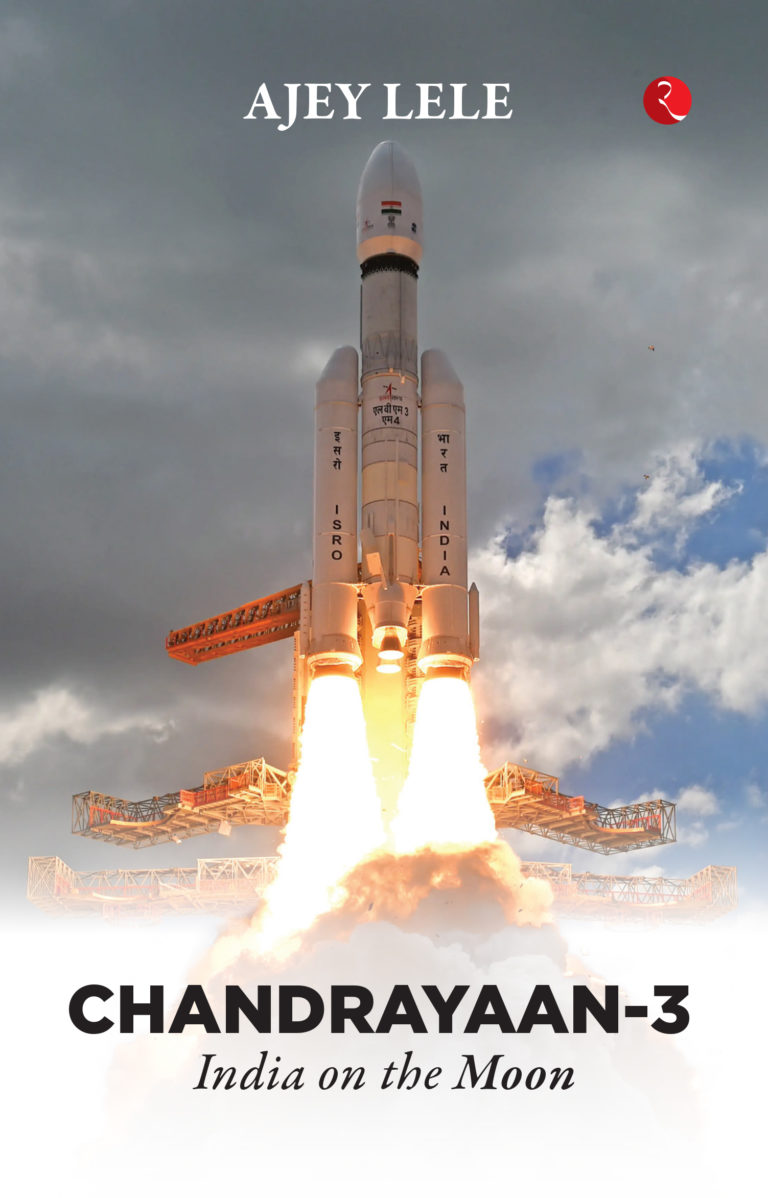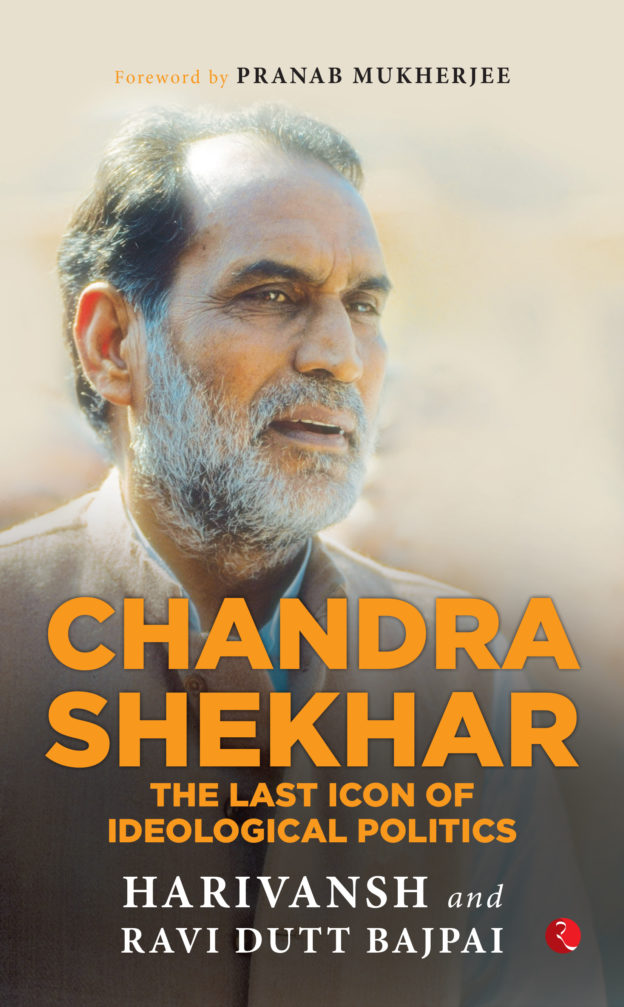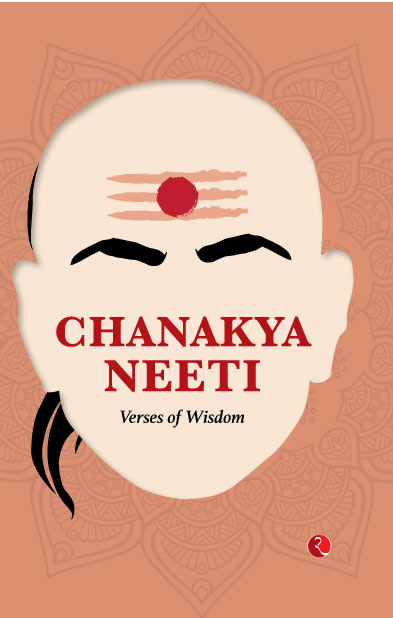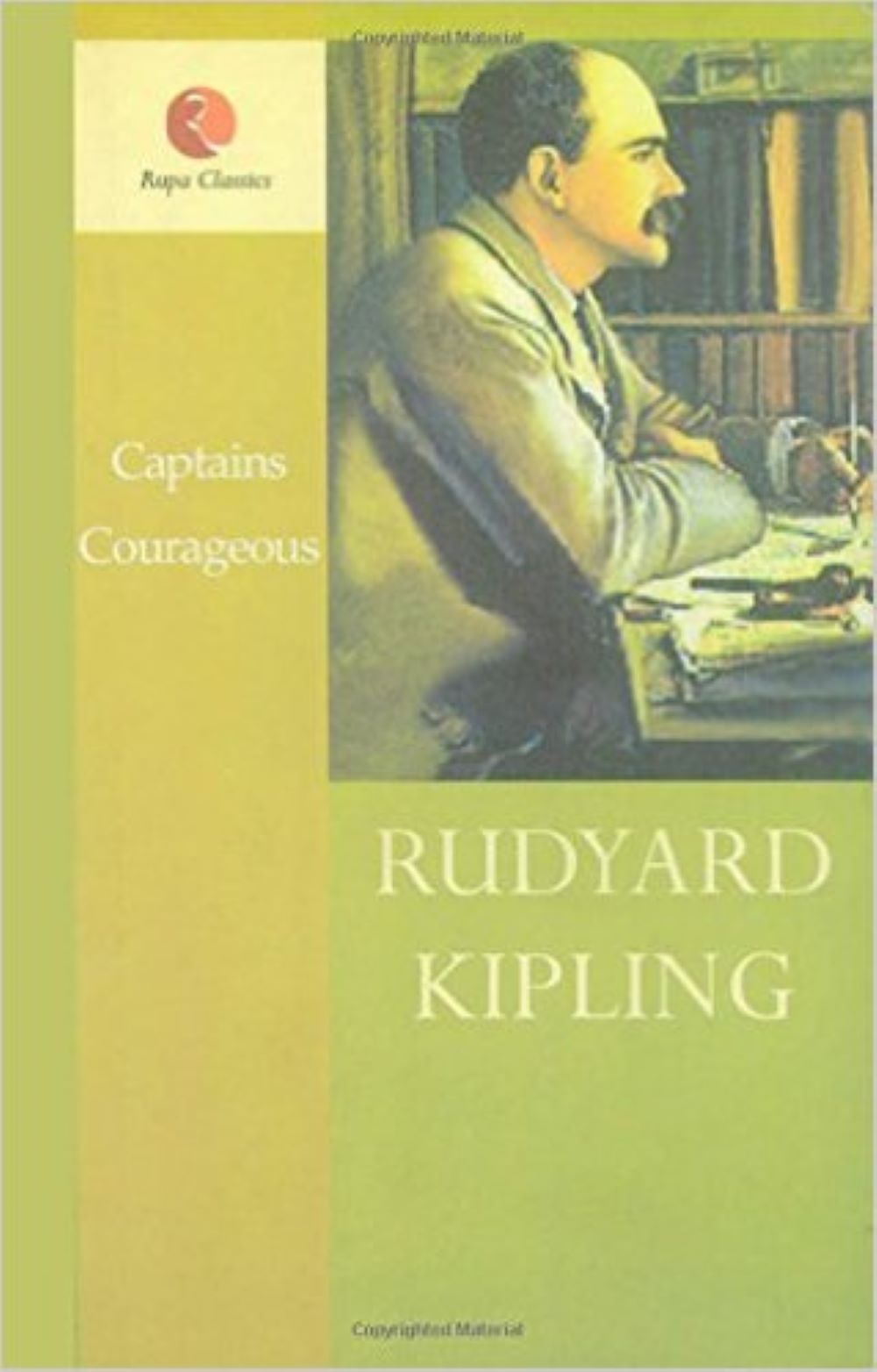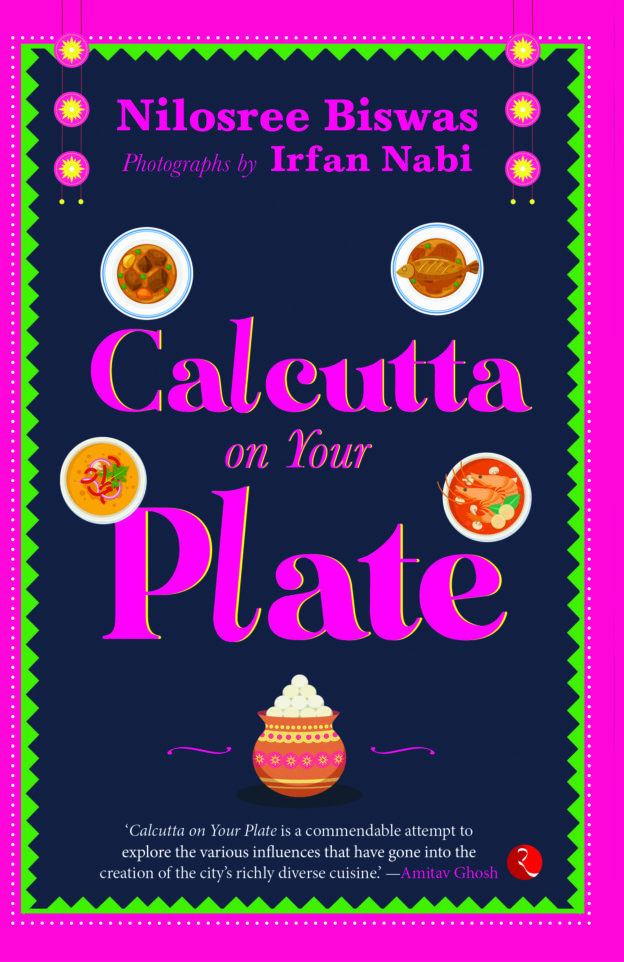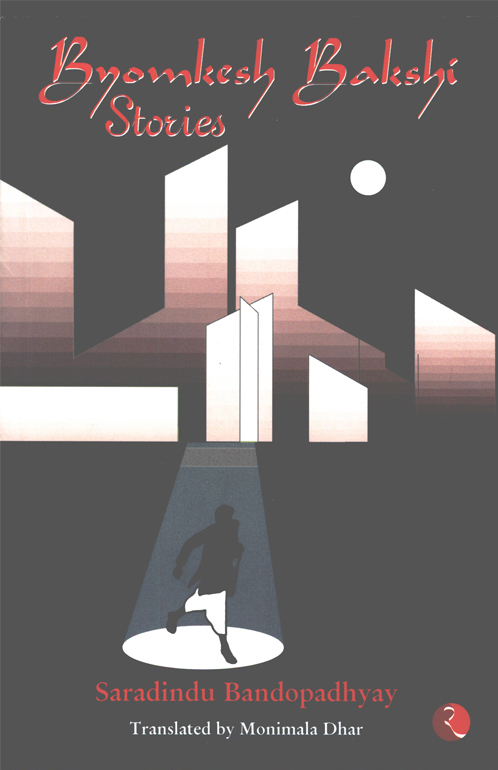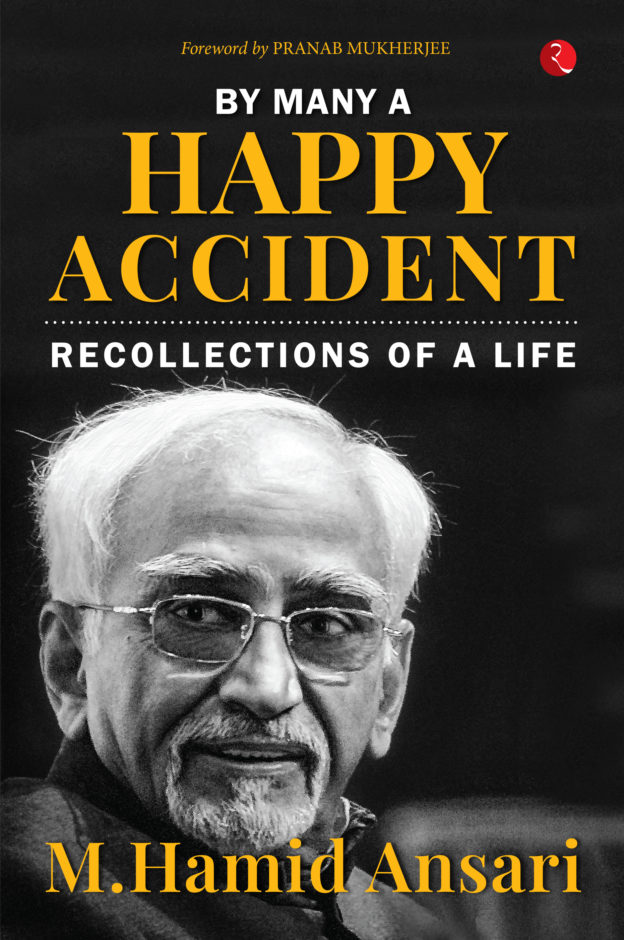The Weights of Laos and the Mekong Region
Availability :
In Stock
₹ 3,859.80
M.R.P.:₹ 4595
You
Save: ₹735.20 (16.00% OFF)
(Inclusive
of all taxes)
Delivery:
₹ 40.00 Delivery charge
Author:
R.J. Willis
Publisher:
Manohar Publishers
ISBN-13:
9789360805012
Publishing Year:
December 2024
No. of Pages:
212
Weight:
1 kg 300 g
Language:
English
Book Binding:
Hardcover


